Advantages of Triple Eccentric Metal seated Butterfly Valve
The triple eccentric butterfly valve belongs to the metal seated butterfly valve. The triple eccentricity is named because its stem axis deviates from the center of the disc and the center of the body at the same time, and there is a certain angle between the axis of rotation of the valve seat and the axis of the valve body channel. The triple-eccentric butterfly valve is corrosion-resistant, wear-resistant, and has a long service life. It is suitable for working conditions
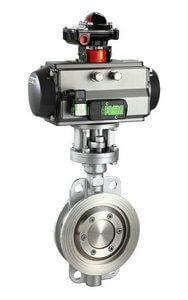
D673H-16C-stainless steel pneumatic triple eccentric butterfly valve
where the medium temperature is ≤425℃. It is widely used in metallurgy, electric power, petrochemical, and water supply and drainage, municipal construction and other industrial pipelines for adjustment. Flow rate and use of off-load fluid. The body materials of the triple eccentric butterfly valve are cast iron, cast steel and stainless steel. This article will make an analysis and introduction to the advantages of the triple eccentric butterfly valve.
1. The metal-to-metal elastic hard seal structure is a structure in which an elastic metal J-ring is installed on the valve seat. The J-ring is pressed by a pressure plate and fixed with bolts. The two sides of the J-ring are respectively provided with sealing rings with good sealing performance, high temperature and high pressure resistance, and a certain margin. The position of the J-ring can be adjusted to make the valve After a period of use, it will not leak due to wear. The valve is suitable for medium and high temperature and medium and high pressure pipeline systems.
2. High wear-resistant self-lubricating composite bearings are used in the key parts of the relative movement of the shaft and the body to reduce the friction of the butterfly plate when it is opened or closed, and to ensure that there is no wear between the shaft and the body.
3. At the bottom of the lower shaft of the valve body, a high-hardness wear-resistant alloy spherical thrust pad and a high-hardness flat pad are used. During the movement of the butterfly plate, all downward gravity and friction forces are concentrated here. Due to the high hardness of the two thrust pads, the small contact area, long-term movement without abrasion, to ensure that the valve opens and closes easily, and never sinks.
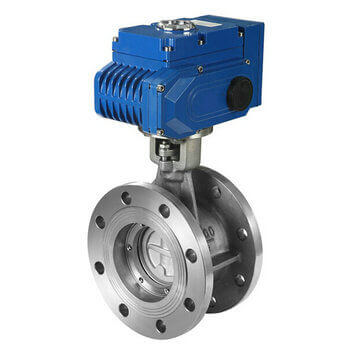
D943H-16C-metal seated stainless steel electric triple offset butterfly valve
4. The triple eccentric structure is a qualitative leap of the butterfly valve. Therefore, the valve greatly improves the service life and significantly improves the opening and closing torque. If you don’t understand the triple eccentric structure, you can click (https://www.tanghaivalve.com/triple-eccentric-butterfly-valve-th-btv-te/) to view.
5. The metal-to-metal multi-layer composite hard seal structure is a structure in which a multi-layer composite metal ring is installed on the valve plate. The multi-layer composite metal ring is made of stainless steel metal plates and flexible graphite sheets repeatedly laminated and pressed, which has high strength and rigidity. Flexible graphite still has good sealing performance under high temperature and high pressure. The combination of rigidity and flexibility of these two materials makes the valve suitable for most media, with a wide range of applications and long service life.
TH Valve is a professional manufacturer of butterfly valve, gate valve, check valve, globe valve, knife gate valve, ball valve with API, JIS, DIN standard, used in Oil, Gas, Marine industry, Water supply and drainage, fire fighting, shipbuilding, water treatment and other systems, with Nominal Diameter of DN50 to DN1200, NBR/EPDM/VITON, Certificates & Approvals: DNV-GL, Lloyds, DNV, BV, API, ABS, CCS. Standards: EN 593, API609, API6D
Related news/knowledge:
Selection and application of eccentric butterfly valve
The sealing characteristics and principle of eccentric butterfly valve
Electric ball valve-metal seated vs soft-seated type
The Basic Knowledge of Butterfly Valves

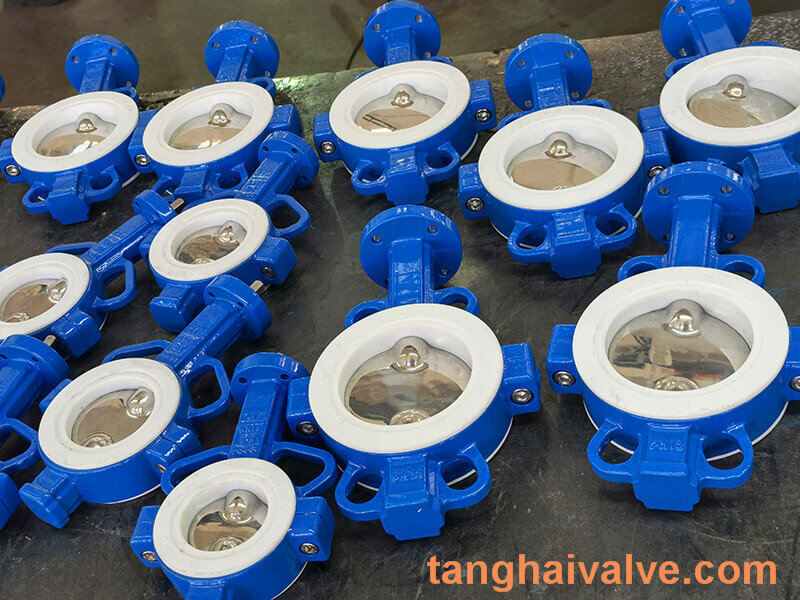
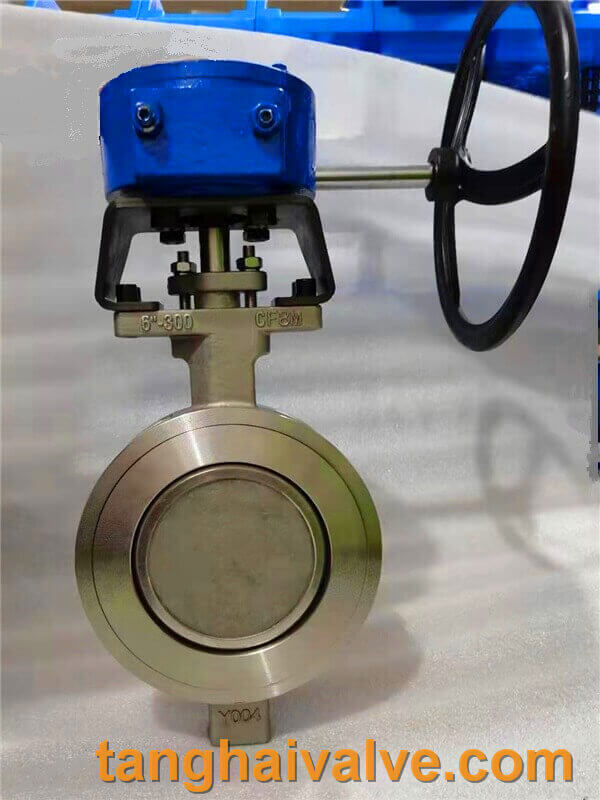
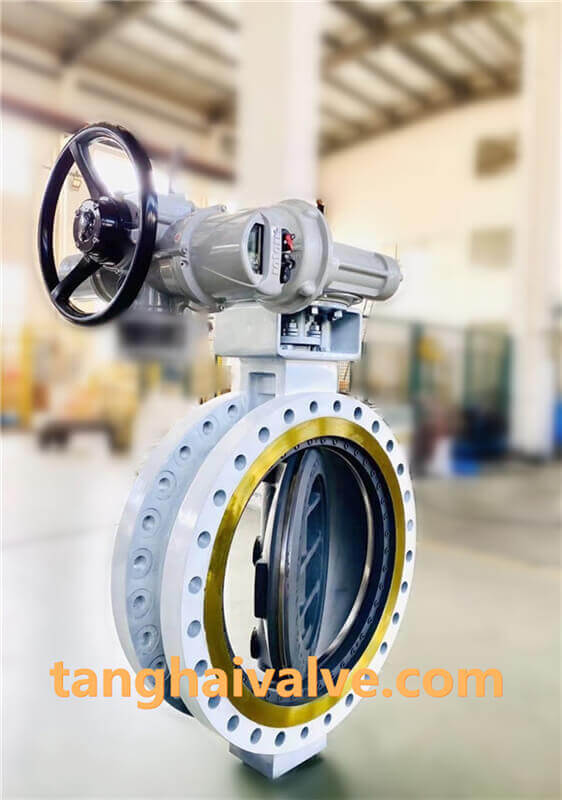
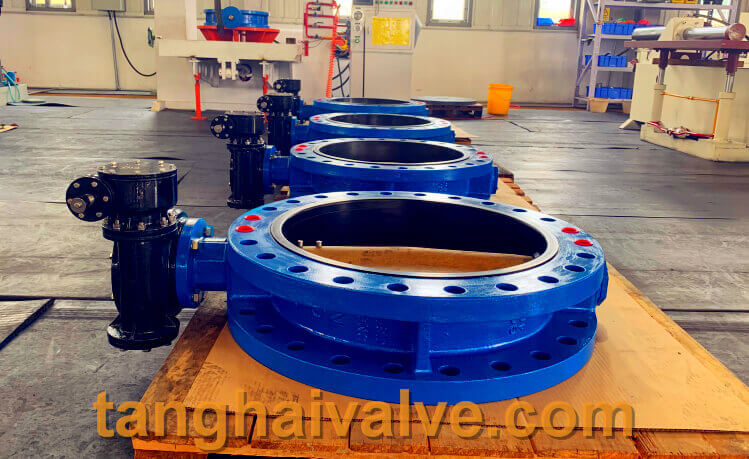
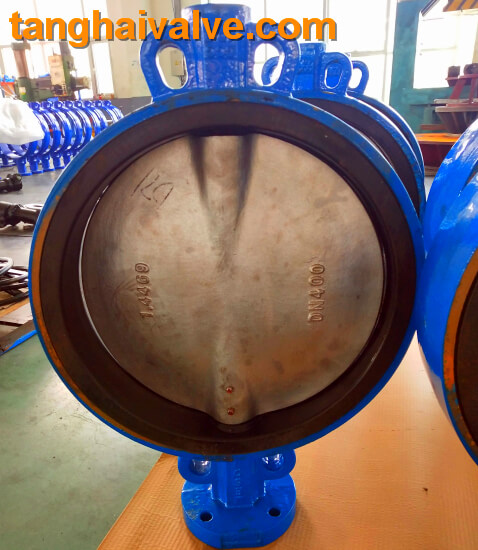
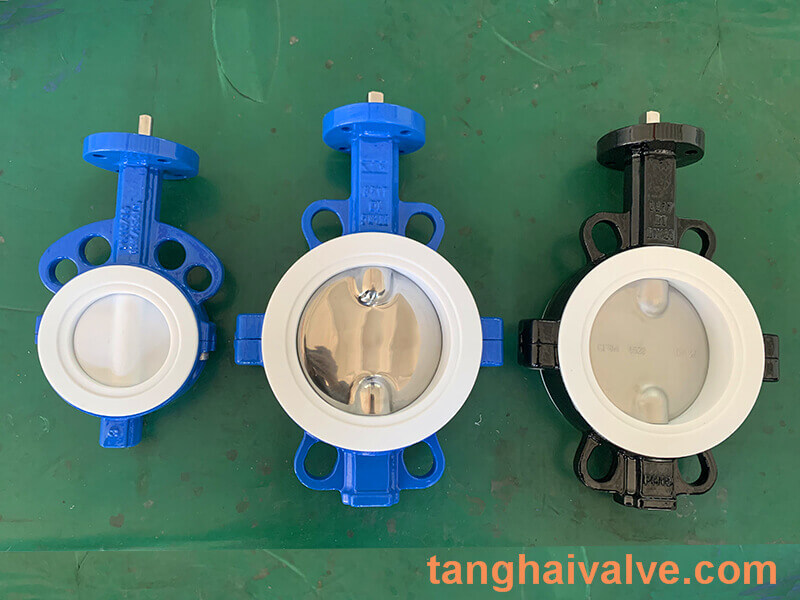
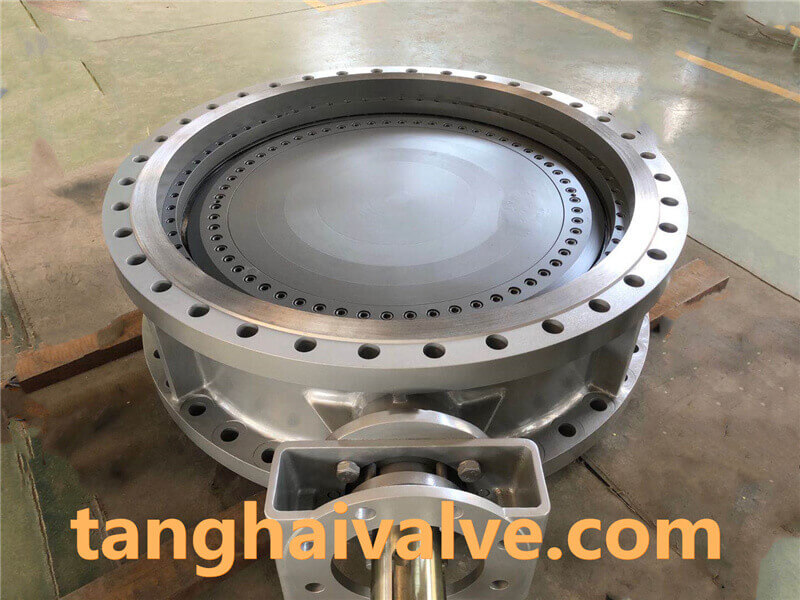
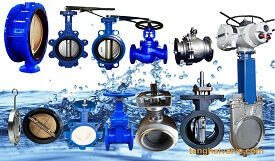
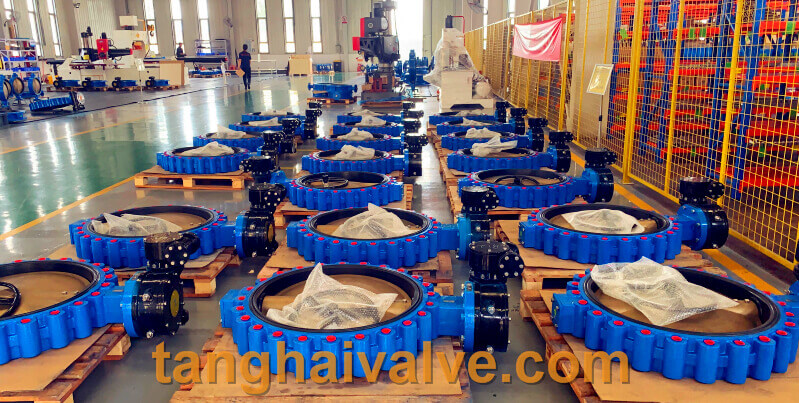
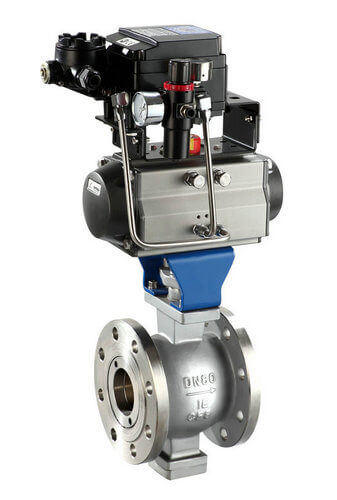


 © Copyright 2020 Tianjin Tanghaidongyang Valve Co., Ltd. All Rights Reserved.
© Copyright 2020 Tianjin Tanghaidongyang Valve Co., Ltd. All Rights Reserved.